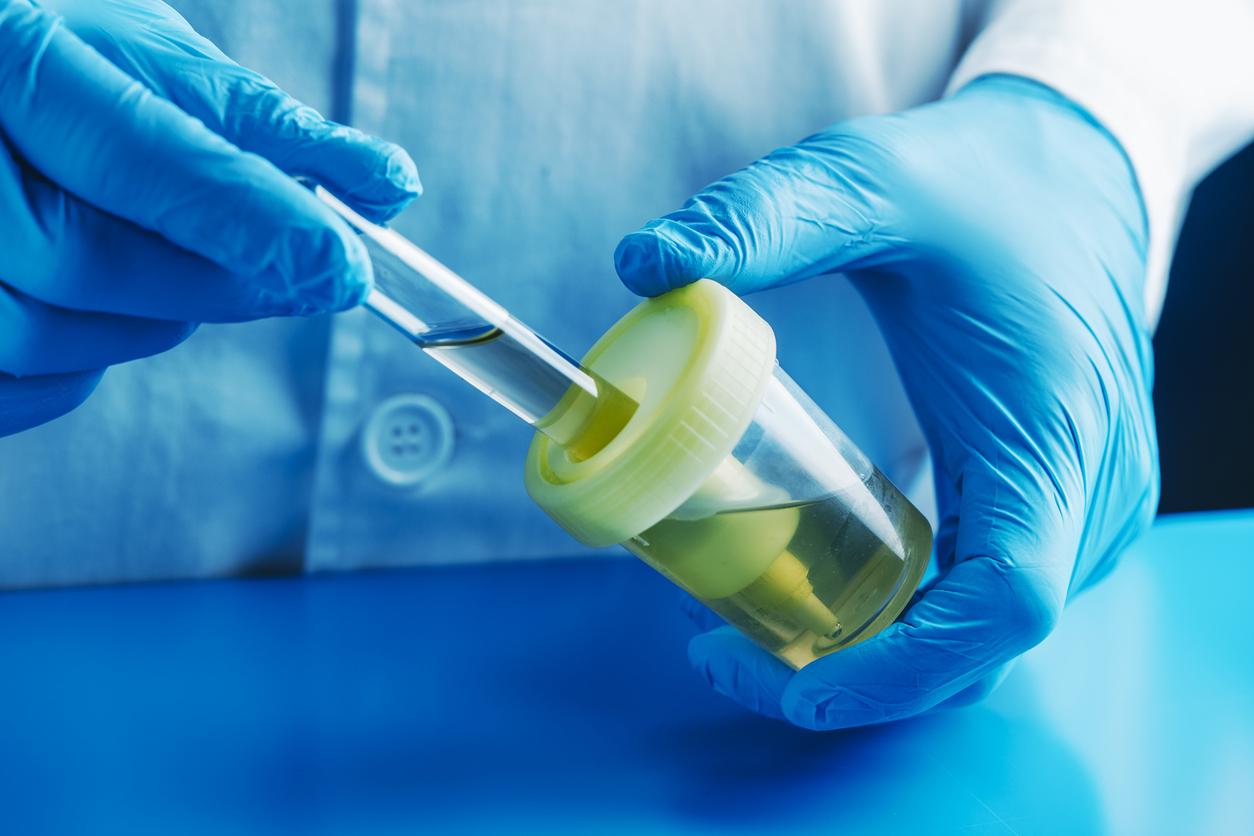Hand washing is a primary hygiene gesture known to all and widely applied in France. But this is not the case everywhere, especially in countries with the lowest incomes where the population has little access to the necessary material: water and soap. The University of Buffalo in the United States, USAID (United States Agency for International Development) and UNICEF (United Nations International Children’s Fund) conducted a study to determine the real access of populations to hand washing throughout the world.
The differences are huge: while in Serbia, 96.4% of households have soap and water, they are only 0.1% in Ethiopia. The best-off country in Africa, Swaziland, only reaches 34.7%. The same goes for access to a water point and soap outside the home, which is 99.1% in Iraq or Serbia, but stagnates at 21% in Senegal.
Glaring inequalities
If Africa is particularly affected by the lack of access to sanitation, other regions, especially in Asia, face significant inequalities. Almost eight in ten people have this chance in Bhutan, compared to 21.4% in Bangladesh. The same is true within the same country, where the wealthiest households are up to fourteen times more likely to be provided with soap and water than the most modest households.
Handwashing can prevent 6 million young child deaths per year by eliminating major causes of death. For Pavani Ram, co-author of the study, “these data are useful for public health programs and politicians because they highlight the deep inequalities that persist globally and within countries and contribute to these millions. annual deaths in the poor and rural areas of Africa and Asia. “
Read also :
Hygiene: 95% of people do not know how to wash their hands
Washing your hands in cold water is enough to remove germs
Hand washing: the little ones must learn, the older ones must revise!
















